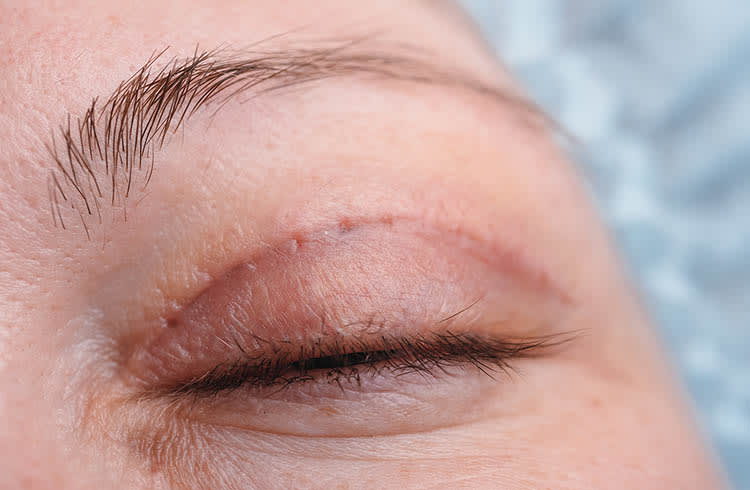Upper tarsus pressure appears to affect epithelial thickness profile and, as a result, the corneal steepest keratometry, according to a small study in the December issue of Clinical Ophthalmology.1

Specifically, 30 eyes of 30 patients show the difference between preoperative and postoperative steepest axis was 3.1° (p=0.04) with a propensity to change toward the vertical meridian. Additionally, mean epithelial thickness (ET) was higher in the inferior region both pre- and postoperatively and did not change. Further, ET in the superior octant was lower (42 μm vs. 45 μm, p< 0.01), and the difference between inferior and superior octants (I-S) was higher (7 μm vs 3 μm, p< 0.001) pre-surgery. Finally, there were no statistically significant changes in corneal aberrations (p=0.52) and asphericity (p=0.41) post-surgery.
Based on these findings, the researchers postulate that upper eyelid blepharoplasty may influence biometric and keratometric measurements.
1. Carreira P, Loureiro T, Carreira AR, et al. The Effect of Upper Eyelid Blepharoplasty on Corneal Tomography and Epithelial Profile. Clin Ophthalmol.2023:17:3801-3807. doi: 10.2147/OPTH.S426034.eCollection 2023.








